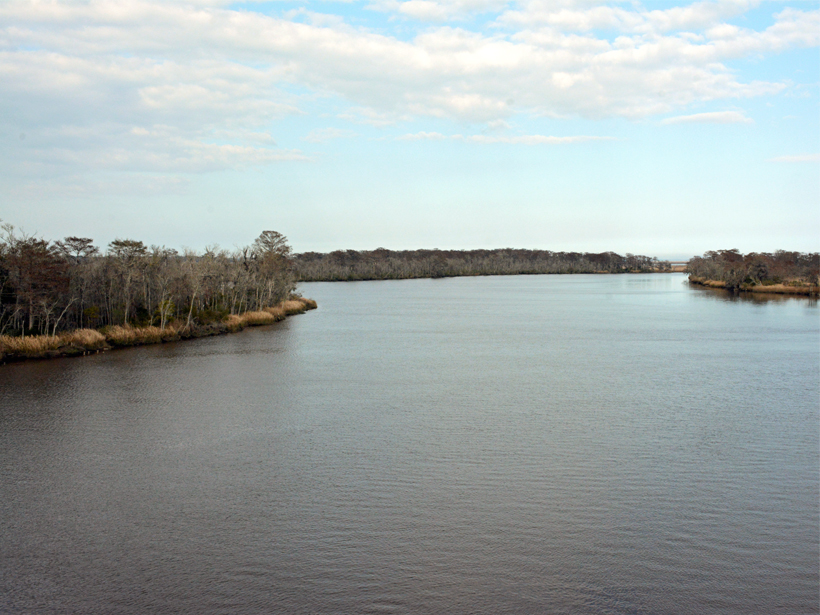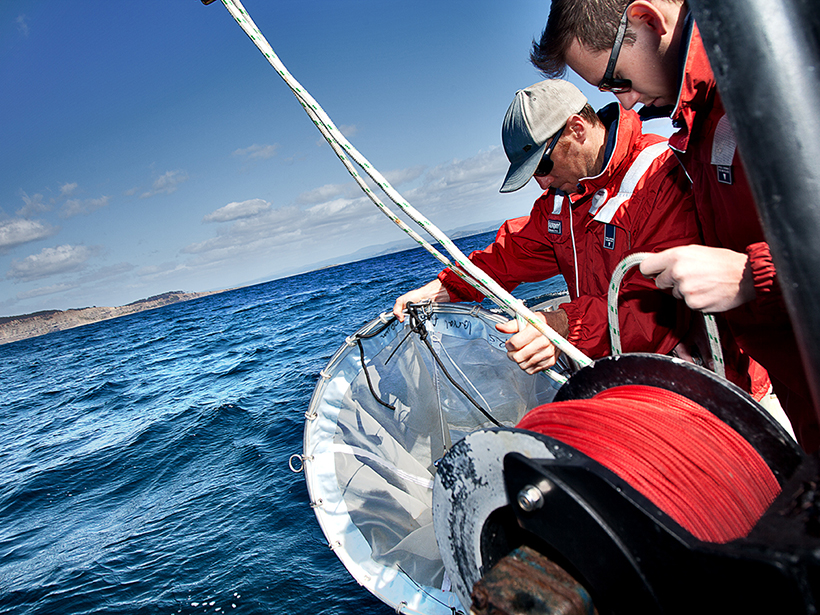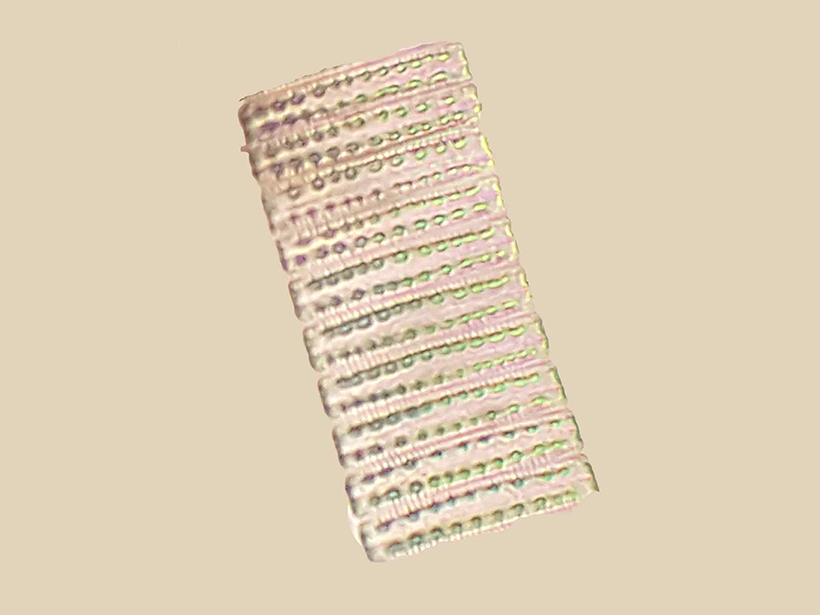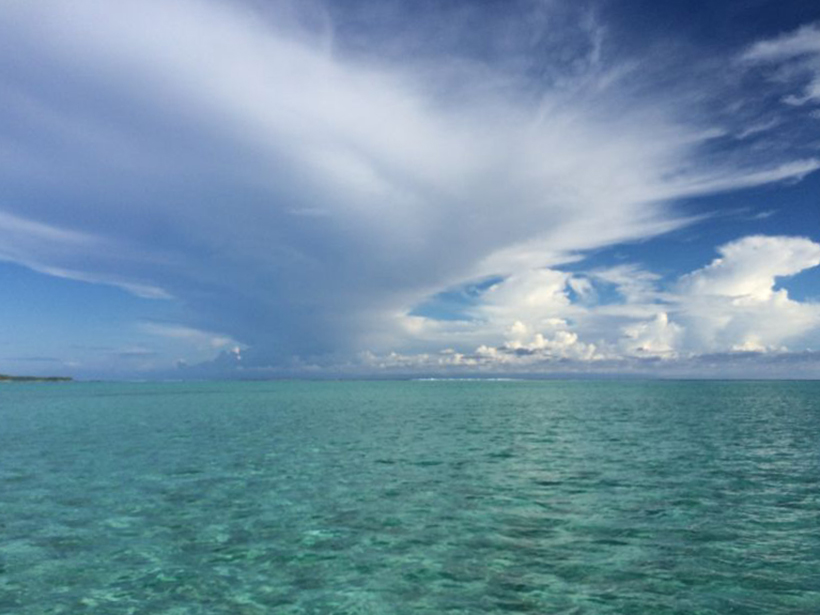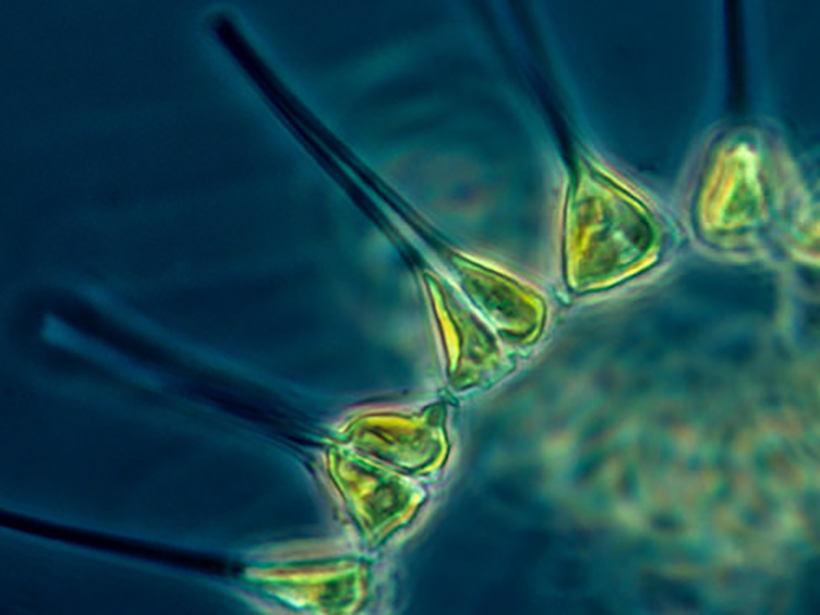Dissolved organic matter supports aquatic food webs and holds as much carbon as the atmosphere. A new study tracks which sources and processes play the biggest role in coastal systems.
plankton
Antarctica’s Seasonal Streams Contribute Iron to the Ross Sea
Analysis of nutrient concentrations in four streams that discharge to the Southern Ocean indicates they are important sources of iron and phosphorous for coastal phytoplankton communities.
The Deep Blue Sea Is Getting Bluer
Ocean color will intensify in the next century due to global warming altering phytoplankton communities.
Sustainable Observations of Plankton, the Sea’s Food Foundation
Workshop on Developing an Implementation Plan for a Sustained, Multidisciplinary Global Observing System of Plankton Communities; Santa Cruz, California, 25–27 June 2018
Glacial Meltwater Plumes Support Greenland Phytoplankton Blooms
Field measurements from the Bowdoin Glacier show that entrainment of deep water into upwelling glacial discharge delivers crucial nutrients to the surface of the surrounding fjord.
The Tiny Organisms That Transport Silica Across Earth’s Oceans
Phaeodarians play a major role in marine nutrient cycle.
New Paths for Plankton in Warming Arctic?
Water flowing from the Pacific to the Atlantic could find new shortcuts, enabling plankton to survive the trip through the cold polar region.
Oceans May Produce Twice as Much Organic Matter as Usually Measured
Researchers study how oceans respire carbon, reexamining a critical part of the global carbon cycle.
Observing Life near the Ocean’s Surface with Satellites
Third International Ocean Colour Science (IOCS) Meeting; Lisbon, Portugal, 15–19 May 2017
World’s Biggest Oxygen Producers Living in Swirling Ocean Waters
Oceanographers probe the impact of deep swirling vortices on phytoplankton.

